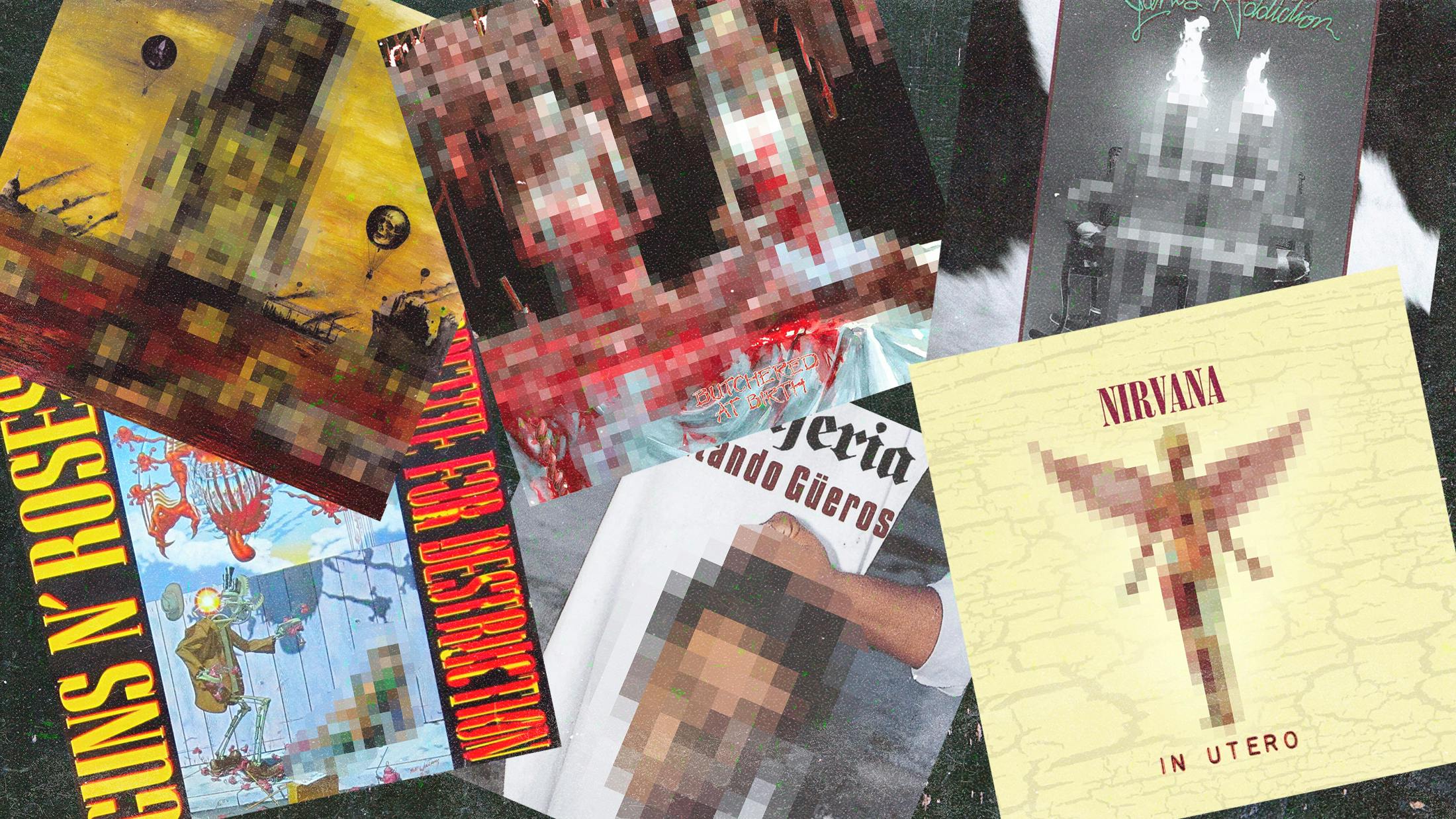Rock music has always courted controversy, and so has the packaging that surrounds it. Album covers might not have the impact they once did in this age of streaming and playlists, but they still play a big part in any band’s aesthetic, and sometimes this involves images of sex, nudity, violence, horror, copyrighted material and other content that some people find objectionable.
Plenty of album covers have proven controversial but not all of these have invoked the censors’ ire. This, though, is a collection of album artwork and covers that have at some point been banned, changed, covered up, removed from sale or otherwise censored. Won't somebody please think of the children?!
